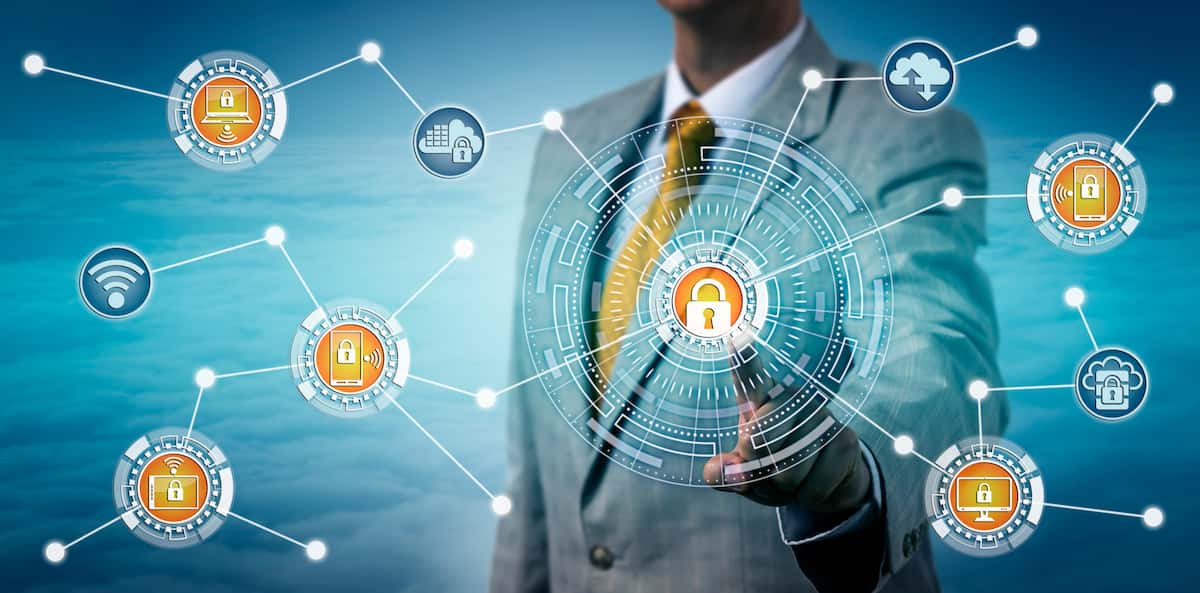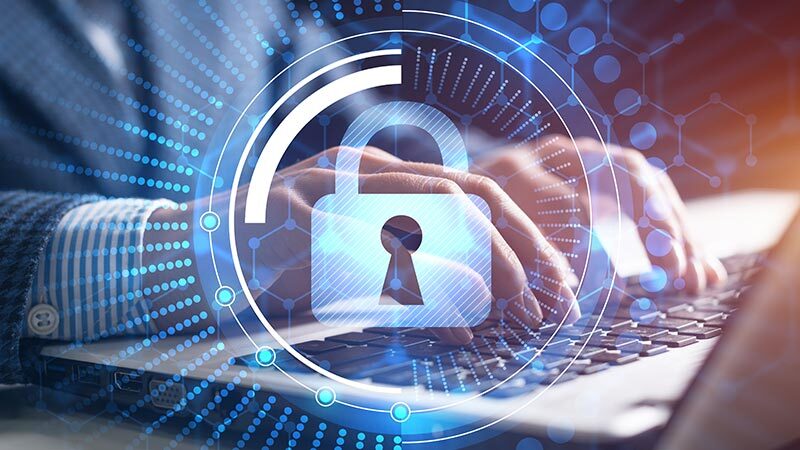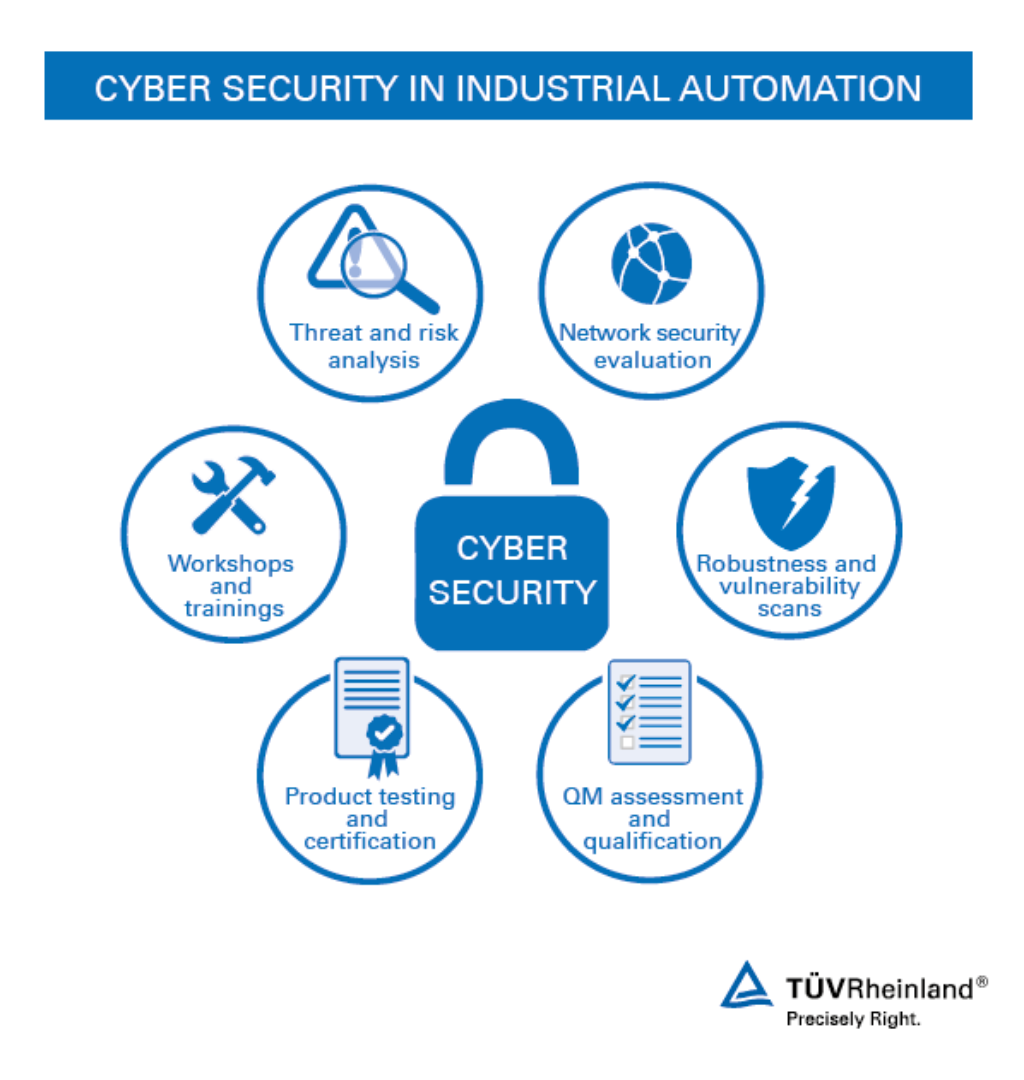Exploring Just How Cyber Safety And Security Works to Safeguard Your Online Presence
In today's electronic landscape, shielding one's on-line existence has actually become significantly vital, with cyber threats developing at an alarming rate. Cyber safety employs a diverse approach, integrating sophisticated modern technologies like firewalls, file encryption, and multi-factor authentication to protect delicate information. The complexity of these systems raises questions regarding their performance and execution. Just how do these innovations interact to produce a seamless shield against cyber hazards? And what role does behavior analytics play in this elaborate web of safety and security procedures? These are important queries that merit more expedition in our pursuit for digital safety.
Understanding Cyber Dangers
In the electronic landscape, cyber threats stand for a formidable obstacle, needing a nuanced understanding of their nature and potential impact. These risks include a vast variety of harmful activities orchestrated by people, groups, or perhaps nation-states, targeting sensitive data, interfering with operations, or triggering reputational damages. Comprehending cyber dangers starts with determining the various forms they take, including malware, phishing, ransomware, and distributed denial-of-service (DDoS) strikes.
Malware, or destructive software application, consists of infections, worms, and trojans that infiltrate systems to create or steal information injury (Best Cyber Security Services in Dubai). Phishing strikes trick individuals into revealing personal details, commonly by masquerading as credible entities. Ransomware encrypts victims' data, requiring a ransom for its release, presenting significant functional and economic threats. DDoS strikes aim to bewilder systems, providing them unusable and interrupting services.
Acknowledging the motivations behind these risks is important. Cybercriminals usually look for monetary gain, while hacktivists might seek ideological objectives. State-sponsored aggressors might target important facilities for reconnaissance or destabilization functions. By thoroughly understanding the varied nature of cyber threats, organizations can much better anticipate possible vulnerabilities and strategically assign sources to bolster their defenses versus these ever-evolving hazards.
Secret Cyber Safety Technologies
As organizations aim to secure their electronic assets, vital cybersecurity technologies play a critical duty in fortifying defenses versus cyber risks. These technologies incorporate a broad range of methodologies and devices created to secure data stability, privacy, and schedule. In today's electronic landscape, breach discovery systems (IDS) and invasion avoidance systems (IPS) are crucial. IDS screen network web traffic for dubious tasks, while IPS proactively block potential dangers, making certain real-time defense.
In addition, antivirus and anti-malware solutions stay basic in recognizing and reducing malicious software application. They employ heuristic and signature-based techniques to identify known and unidentified risks. Endpoint detection and reaction (EDR) systems additionally improve security by providing detailed visibility right into endpoint activities, enabling quick incident reaction.
Identification and accessibility management (IAM) innovations make certain that only authorized individuals get to vital resources, thereby decreasing the danger of unapproved data gain access to. Multifactor verification (MFA) adds an additional layer of protection, needing users to supply multiple verification elements.
Additionally, safety information and event management (SIEM) systems accumulation and examine security information, providing insights right into potential vulnerabilities and facilitating proactive danger administration. These innovations collectively develop a durable framework, equipping companies to keep a resilient cybersecurity position.
Function of Firewalls and File Encryption
Firewalls and security are important components of a durable cybersecurity approach, each serving a distinctive yet corresponding duty in protecting digital settings. Firewalls serve as barriers between relied on inner networks and untrusted external entities. By managing outward bound and incoming network web traffic, they protect against unauthorized accessibility to data and systems. Firewall softwares make use of predefined safety rules to block or allow information packets, properly securing sensitive details from cyber risks. They are the first line of protection, filtering traffic and ensuring just reputable interactions are permitted.
Encryption, on the various other hand, transforms readable information right into an inscribed format that can only be figured out with a details cryptographic trick. This process makes sure that information stays secure and confidential during transmission or storage space. Even if obstructed, secured information is made ineffective to unapproved customers without access to the decryption key. Security is critical for safeguarding sensitive information such as economic data, personal recognition information, and proprietary business info.
Together, firewalls and encryption supply a detailed defense reaction. While firewall programs handle try this gain access to and guard networks from unapproved entry, encryption safeguards information stability and confidentiality. Their incorporated application is crucial in mitigating dangers and guaranteeing the protection of electronic assets in an increasingly interconnected globe.

Significance of Multi-Factor Authentication
While firewall softwares and security develop the backbone of cybersecurity, enhancing defenses better calls for the application of multi-factor authentication (MFA) MFA adds an extra layer of protection by calling for users to validate their identification through 2 or more various factors before getting to sensitive details or systems. These variables usually consist of something the individual understands (a password), something the individual has (a security token or smart device), and something the individual is (biometric verification such as a fingerprint or facial recognition)
The relevance of MFA in safeguarding online presence is paramount in today's digital landscape. With cyber hazards coming to be increasingly innovative, depending entirely on standard password-based authentication leaves systems prone to violations. MFA significantly minimizes the danger of unauthorized gain access to by making it significantly extra tough for cybercriminals to jeopardize an account. Even if a password is stolen, the extra verification steps serve as a formidable barrier.

Behavioral Analytics in Cyber Security
Behavior analytics stands for a pivotal development in cybersecurity, using an innovative approach to threat discovery and avoidance. By examining patterns in individual actions, this technique recognizes anomalies that may indicate potential cyber dangers. Unlike typical protection steps, which typically count on predefined regulations and signatures, behavior analytics leverages artificial intelligence and statistical models to establish a baseline of normal task. When discrepancies from this standard happen, it causes informs for additional examination, enabling faster action times to possible violations.
This innovation is especially effective in detecting insider hazards and zero-day attacks, which are usually missed out on by standard safety and security systems. Insider risks, where individuals within a company misuse gain access to privileges, can be particularly harmful and tough to spot. Best Cyber Security Services in Dubai. Behavioral analytics supplies a layer of examination that can catch subtle deviations in habits, such as unusual gain access to patterns or data transfers, prior to they escalate into substantial safety occurrences
In addition, the vibrant nature of behavioral analytics permits it to adjust to advancing risks, supplying continuous protection as cyberattack techniques change. As organizations increasingly count on electronic infrastructures, including behavior analytics into cybersecurity approaches makes sure a resistant defense, preserving and protecting sensitive data rely on digital interactions.
Conclusion
In verdict, the diverse method of cyber safety, including technologies such as firewall softwares, file encryption, multi-factor authentication, and behavioral analytics, plays an important duty in shielding online visibility. By filtering system traffic, safeguarding information transmission, calling for numerous confirmation approaches, and keeping an eye on individual activity for anomalies, these innovations collectively deal with the complexities of contemporary cyber dangers. This layered protection not just safeguards financial and individual information however also ensures continuous protection in an ever-evolving digital landscape.

As organizations aim to guard their digital assets, essential cybersecurity innovations play an essential duty in fortifying defenses versus cyber risks. Firewall softwares make use of predefined protection rules to block or permit data packets, effectively protecting delicate info from cyber risks.This innovation is particularly reliable in spotting expert hazards and zero-day assaults, which are often missed out on by traditional safety systems. By filtering system website traffic, safeguarding data transmission, needing multiple verification approaches, and keeping track of individual activity for anomalies, these modern technologies jointly address the complexities of modern cyber dangers.